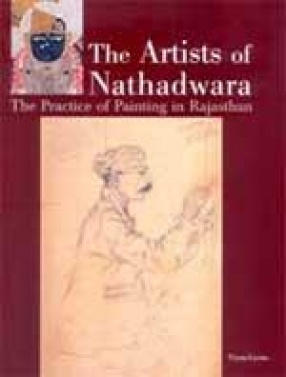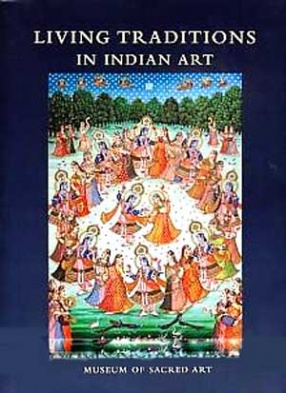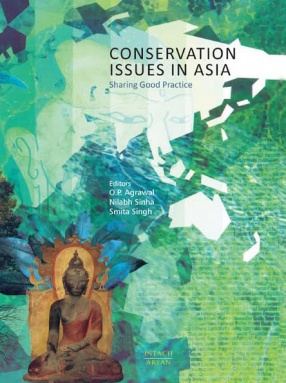Although excellent studies of various Indian painting schools have appeared in recent years, their authors tend to frame the discussion rather narrowly, in terms of style and patronage, since so little information in available on the painters themselves. The pilgrimage centre of Nathadwara is home to a large community of traditional artists, who retain sketchbooks and other materials handed down in their families for generations. The old sketchbooks, still used to teach youngsters and to provide established artists with compositional and other artistic ideas, reveal the connection between contemporary practice and the historical antecedents of the Nathadwara school of painting. Profiles of five artists aactive in the late 19th and early 20th centuries demonstrate the array of choices open to artists in a time of cultural ferment and excitement. The distinctive personalities that emerge should make us question Orientalist pronouncements on the anonymity of artisans in South Asia. A section on women artists documents the careers of successful female exponents of the Nathadwara style. The contribution made by these women to an important school of painting has not previously been noted. North India’s hereditary genealogists are a largely untapped resource, both for the histories of specific groups (in this case, the artists), and for a general re-evaluation of South Asian historiography. These peripatetic specialists, who hold family trees stretching back as far as 17 generations, frequently record significant information on artistic activities, commissions, and patronage. The archival material they preserve, while crucial for an historical reconstruction of the Nathadwara artist community, has wider implications than the history of a single school of painting. A concluding chapter brings the Nathadwara school up to date with a consideration of present day artists.
Living Traditions in Indian Art
$117.00
$130.00






There are no reviews yet.